Virtualized IP communications


Introduction
Virtualized IP communications refer to the concept of running network services and applications on virtualized infrastructure, where traditional networking components are abstracted and emulated in a virtual environment. This virtualization allows for greater flexibility, scalability, and efficiency in managing IP-based communications.
To understand virtualized IP communications in detail, let's break it down into key components and concepts:
Virtualization:
Virtualization is the process of creating virtual instances of physical resources, such as servers, networks, or storage devices. These virtual instances are created, managed, and run by a hypervisor, which is a software layer that enables the sharing and utilization of physical resources among multiple virtual machines (VMs) or virtual networks.
Hypervisor:
A hypervisor, also known as a virtual machine monitor (VMM), is responsible for managing the virtualized environment. It runs directly on the physical hardware and allows multiple VMs to coexist independently on the same physical server. There are two types of hypervisors: Type 1 (bare-metal) hypervisor, which runs directly on the hardware, and Type 2 (hosted) hypervisor, which runs as a software application on top of an operating system.
Virtual Machines (VMs):
A virtual machine is an isolated and independent instance of an operating system running on top of a hypervisor. Each VM is allocated a specific amount of CPU, memory, storage, and network resources from the physical host. VMs can run different applications and services, providing better resource utilization and isolation compared to traditional physical servers.
Virtualized Networking:
In virtualized IP communications, networking components such as routers, switches, firewalls, and load balancers are virtualized and implemented as software-based instances within VMs or containers. This is typically achieved using software-defined networking (SDN) and network function virtualization (NFV) technologies.
Software-Defined Networking (SDN):

SDN separates the control plane from the data plane in networking. The control plane, responsible for making decisions about how traffic should be forwarded, is centralized in an SDN controller. The data plane, responsible for forwarding packets, remains distributed across switches and routers. This centralization of control allows for more flexible and programmable network management.
Network Function Virtualization (NFV):
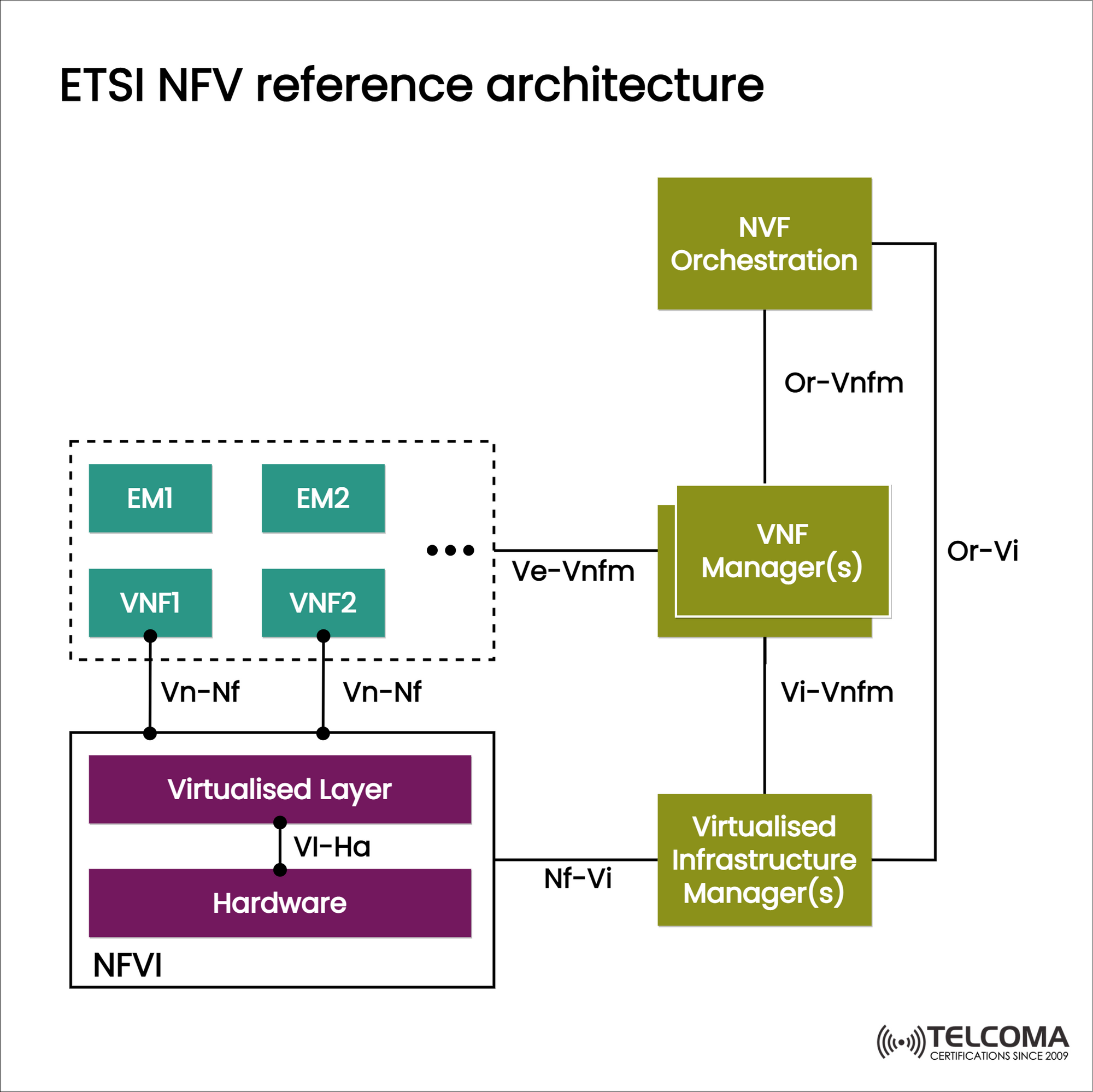
NFV involves virtualizing network functions, such as routing, firewalling, and load balancing, and running them as software-based instances on standard servers or VMs. NFV eliminates the need for dedicated hardware appliances, making it easier to deploy, scale, and manage network services.
IP Communications:
IP (Internet Protocol) communications refer to the exchange of data packets over IP-based networks. This includes various communication services like voice over IP (VoIP), video conferencing, instant messaging, and other real-time and non-real-time data exchanges.
Benefits of Virtualized IP Communications:
Scalability:
Virtualized environments allow for easy scaling of resources, enabling rapid deployment of new services and applications as demand increases.
Resource Efficiency:
With virtualization, multiple VMs can share the same physical hardware, leading to better resource utilization and cost savings.
Flexibility:
Virtualized IP communications provide the flexibility to deploy and manage network services dynamically, making it easier to adapt to changing business needs.
Rapid Provisioning:
Virtual machines and virtualized network functions can be provisioned quickly, reducing the time required to deploy new services.
Isolation:
Virtualization provides strong isolation between different VMs and network functions, enhancing security and minimizing the impact of failures.
Network Overlay:
Virtualized IP communications often employ network overlays to facilitate communication between virtual machines and virtual network functions, even across physical network boundaries. Network overlays create logical networks that run on top of the physical network infrastructure, allowing for better isolation and abstraction of network services. Commonly used network overlay technologies include Virtual Extensible LAN (VXLAN) and Generic Routing Encapsulation (GRE).
Network Automation and Orchestration:
Virtualized IP communications are often managed through network automation and orchestration tools. These tools automate the configuration, provisioning, and management of virtualized network services and resources. Automation streamlines operations reduces manual errors, and enables faster service deployment.
Cloud-Native Approach:
Virtualized IP communications are a fundamental aspect of cloud-native architectures. Cloud-native applications and services are designed to run and scale dynamically in virtualized environments. These applications are built using microservices and containerization, making them easier to deploy, manage, and update.
Software-Defined Wide Area Networking (SD-WAN):
SD-WAN is an extension of virtualized IP communications that focuses on optimizing and simplifying wide area network (WAN) connections. It allows organizations to use multiple WAN connections, such as MPLS, broadband, or cellular, and intelligently route traffic based on application requirements and network conditions. SD-WAN provides enhanced performance, reliability, and cost efficiency for connecting branch offices and remote locations.
Network Security in Virtualized Environments:
Security is a critical aspect of virtualized IP communications. Virtualization introduces new attack surfaces and requires a robust security strategy. Techniques such as micro-segmentation, network access controls, encryption, and virtual firewalls are used to protect VMs and virtual network functions from threats and unauthorized access.
Hybrid and Multi-Cloud Environments:
Virtualized IP communications are well-suited for hybrid and multi-cloud environments. In these setups, organizations utilize a mix of on-premises, private cloud, and public cloud resources. Virtualization allows seamless communication between these different environments, enabling workload mobility and data exchange across diverse infrastructures.
Evolving Technologies and Standards:
Virtualized IP communications are continuously evolving, with ongoing advancements in SDN, NFV, cloud computing, and containerization technologies. Standards organizations, like the Internet Engineering Task Force (IETF) and the European Telecommunications Standards Institute (ETSI), play crucial roles in defining and standardizing protocols and interfaces for virtualized networking.
Industry Adoption:
Virtualized IP communications have gained significant traction in various industries, including telecommunications, data centers, enterprise networks, and Internet Service Providers (ISPs). Large-scale cloud service providers extensively rely on virtualization to deliver a wide range of services to their customers.
Network Function Chaining:
In virtualized IP communications, network functions can be dynamically chained together to form service chains. Network function chaining allows the sequential processing of traffic through various virtualized network functions, such as firewalls, load balancers, and intrusion detection systems, to implement complex service policies and security measures. This chaining is easily reconfigurable and allows for greater flexibility in defining service paths.
Performance Considerations:
While virtualized IP communications offer numerous benefits, they also introduce some performance considerations. Since multiple virtual machines and virtual network functions share the same physical hardware, resource contention can occur, affecting performance. Careful capacity planning and performance optimization strategies are necessary to ensure optimal performance for critical applications and services.
Network Monitoring and Management:
Monitoring and managing virtualized IP communications require specialized tools that can provide visibility into the virtual infrastructure. Network administrators need to monitor the performance of VMs, virtual networks, and virtualized network functions to ensure smooth operation and troubleshoot issues effectively. Virtualization-aware management solutions can provide insights into resource usage, traffic patterns, and overall network health.
Network Slicing:
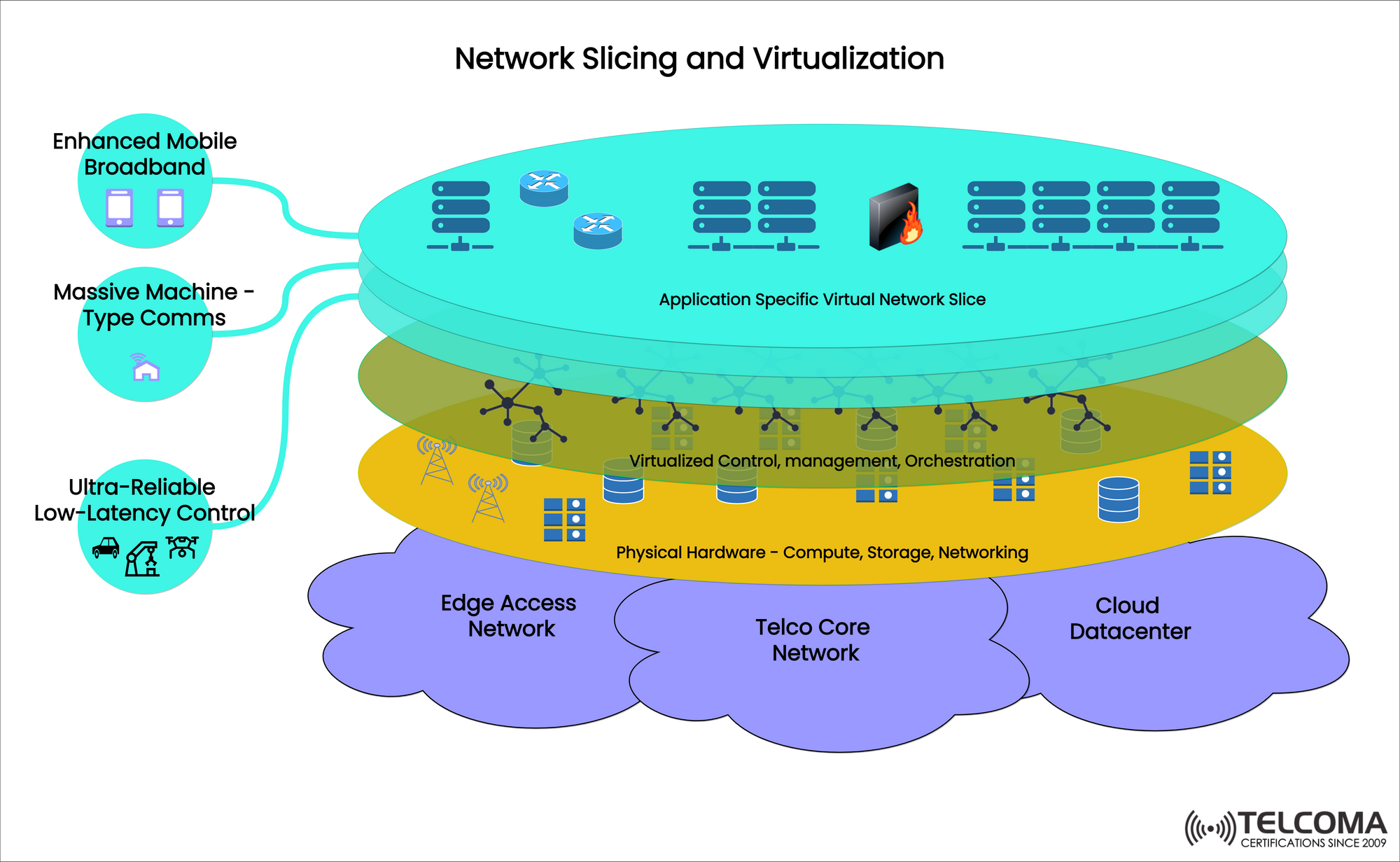
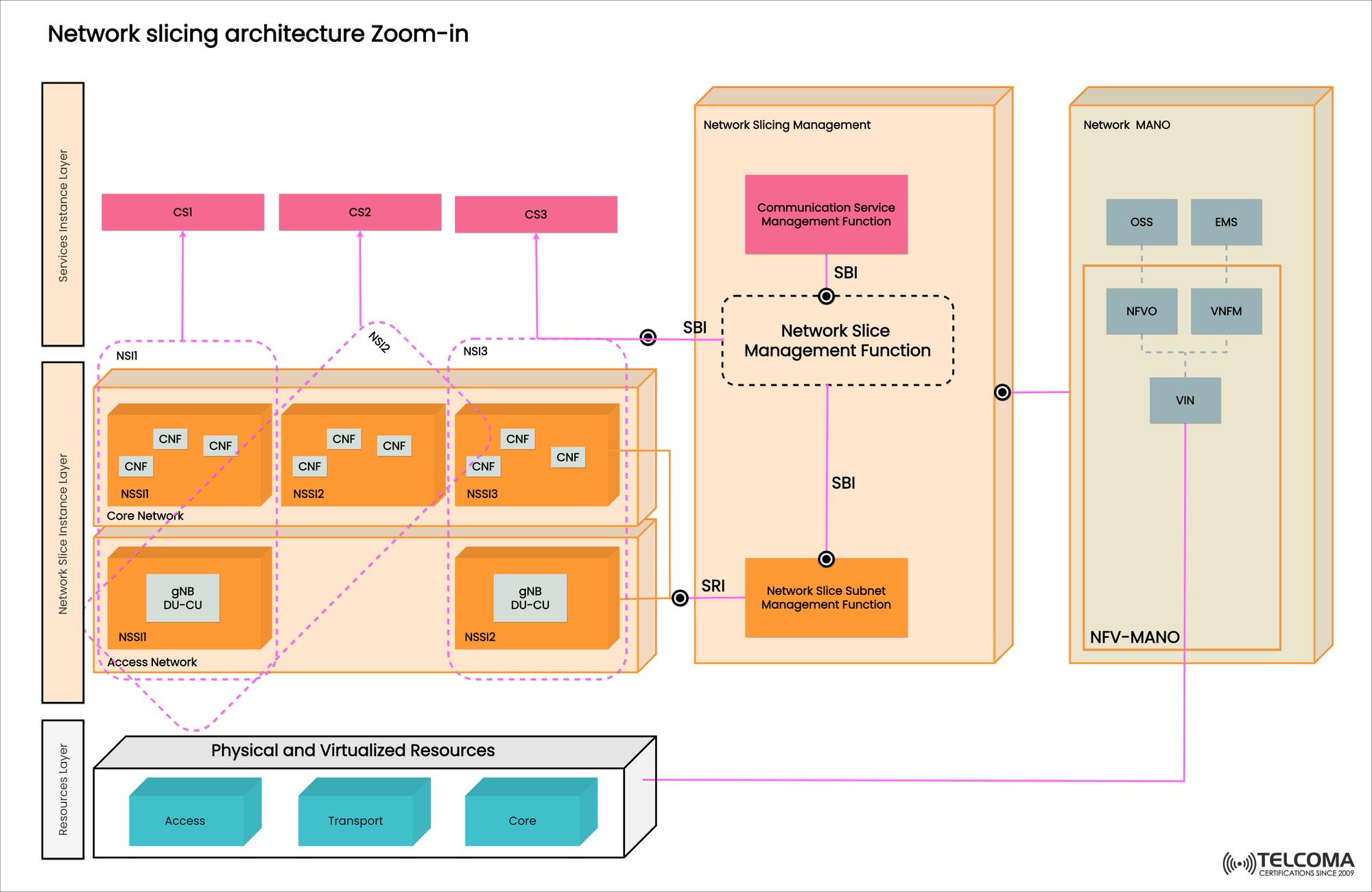
Network slicing is an emerging concept in virtualized IP communications, especially in 5G networks. It involves partitioning a physical network into multiple virtual slices, each tailored to specific use cases or services. This approach allows network operators to efficiently support diverse services with varying requirements in terms of bandwidth, latency, and reliability.
Edge Computing:
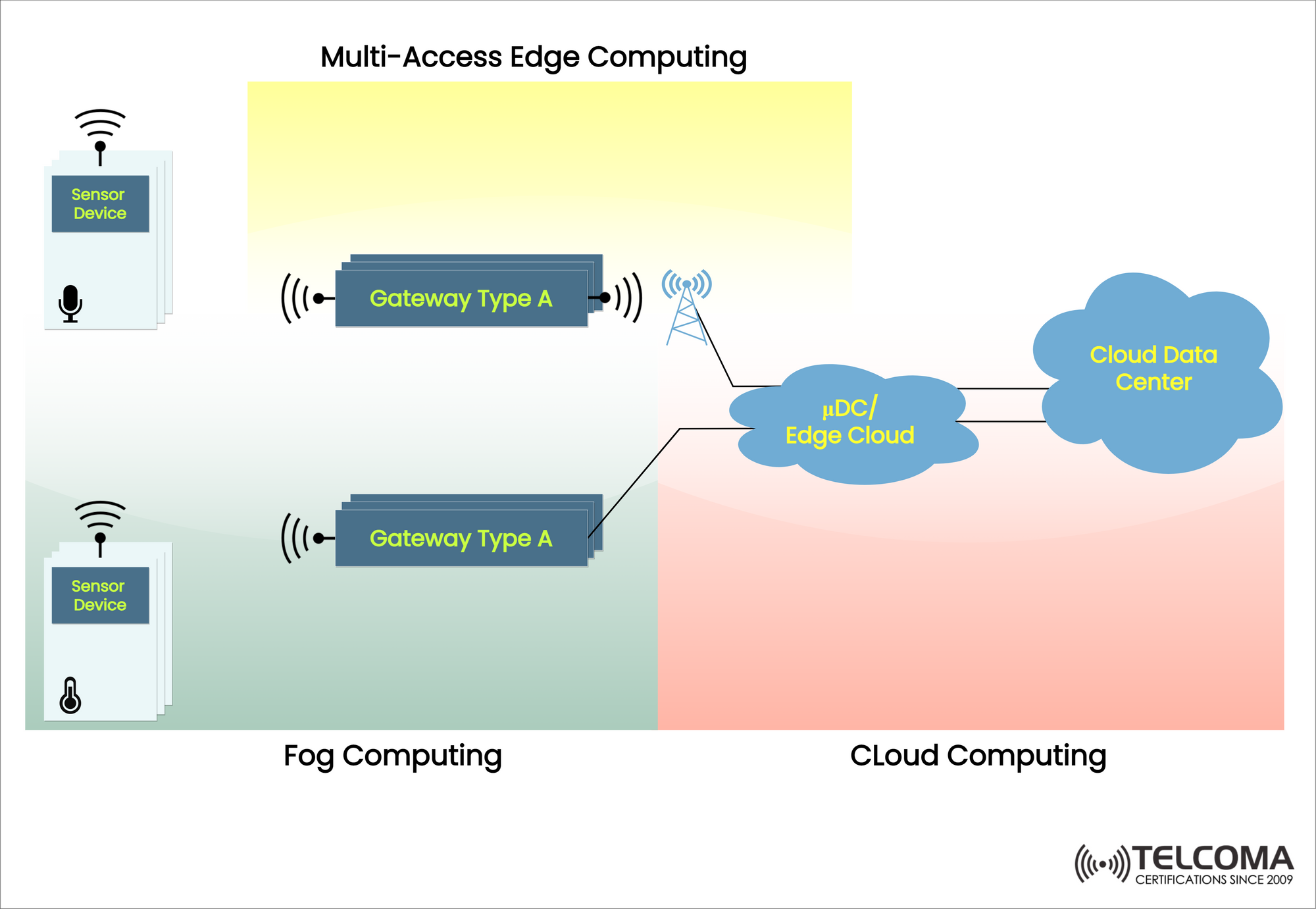
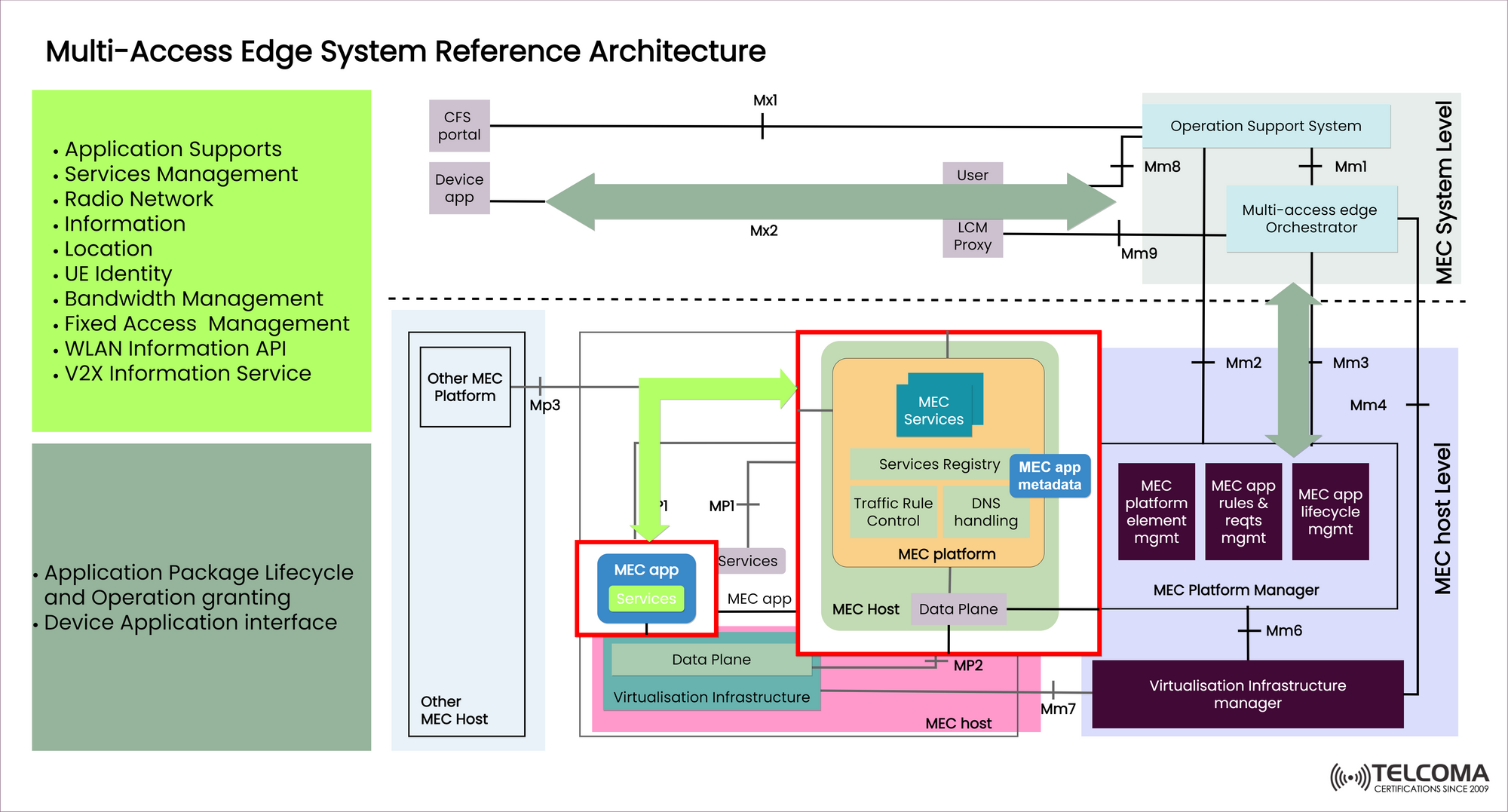
Virtualized IP communications play a critical role in edge computing, where data processing and analysis occur closer to the source of data. By virtualizing network functions at the network edge, organizations can reduce latency, improve application performance, and offload some processing from centralized data centers.
Challenges and Considerations:
Implementing virtualized IP communications comes with certain challenges and considerations, including security concerns, network performance, interoperability with legacy systems, and organizational readiness for virtualization. Organizations need to address these challenges through careful planning, pilot testing, and ongoing evaluation.
Future Directions:
As virtualized IP communications continue to evolve, new technologies and paradigms are likely to emerge. These may include advances in network slicing, the adoption of 6G technology, improved automation, and further integration with emerging technologies like artificial intelligence and machine learning to enhance network intelligence and efficiency.
Overall, virtualized IP communications represent a significant transformation in how networks and communication services are designed, deployed, and managed. With its numerous advantages and capabilities, this approach empowers organizations to embrace digital transformation, improve user experiences, and unlock new opportunities for innovation and growth in the rapidly evolving world of networking and communications.
In conclusion, virtualized IP communications offer substantial advantages in terms of scalability, flexibility, efficiency, and automation. They empower organizations to create dynamic and responsive network infrastructures, capable of supporting modern communication services and applications in a cloud-native, distributed, and diverse computing landscape. As technology continues to evolve, virtualized IP communications will remain a key enabler of digital transformation and enhanced networking capabilities.
In conclusion, virtualized IP communications offer substantial advantages in terms of scalability, flexibility, efficiency, and automation. They empower organizations to create dynamic and responsive network infrastructures, capable of supporting modern communication services and applications in a cloud-native, distributed, and diverse computing landscape. As technology continues to evolve, virtualized IP communications will remain a key enabler of digital transformation and enhanced networking capabilities.
Overall, virtualized IP communications form a crucial part of modern network infrastructures, enabling organizations to build agile, scalable, and efficient communication systems that can meet the ever-changing demands of today's digital world.
